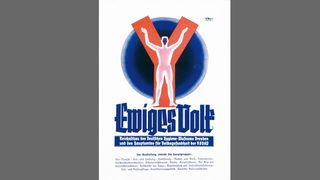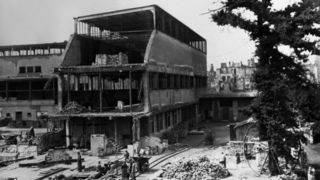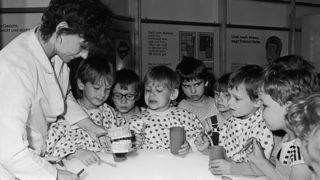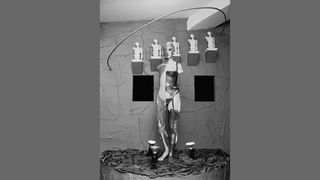From a "Temple of Health" to the "Museum of The Human Experience"
The creation of the Deutsches Hygiene-Museum (1912) harks back to the efforts of the Dresden industrialist Karl August Lingner (1861-1916), the manufacturer of the mouthwash Odol. In 1911 Lingner had been among the protagonists of the First International Hygiene Exhibition, for which more than five million visitors had come to Dresden. This exhibition combined state-of-the-art technologies and unprecedented lifelike displays and models to impart knowledge about human anatomy and address issues of proactive health care and diet. Always at the cutting edge of science, the museum and its presentations for a general audience did much to democratize the field of health during the Weimar Republic (1919-1933).
For the Second International Hygiene Exhibition in 1930, the museum moved into the building designed by Wilhelm Kreis (1873-1955), a facility that has been the seat of the museum ever since. The exhibition's biggest attraction was the Transparent Man, the reification of modernism's image of the human being and conveyed faith in the link between science, transparency, and rationality. The Transparent Man has meanwhile become the symbol of the Deutsches Hygiene-Museum and has remained one of its most prominent exhibits.
After 1933 the museum's ideas of popular health education and highly developed modern communication methods were placed in the service of Nazi racist ideology. An air raid on Dresden in February 1945 destroyed much of the museum's building along with its valuable collection. During the years of the German Democratic Republic (East Germany), the museum performed a mission comparable to that of the Federal Agency of Health Education in the Federal Republic of Germany (West Gemany). After 1991 the Deutsches Hygiene-Museum was completely reconceived as a "Museum of The Human Experience" that employs appropriate modern resources to continue the innovative approach of the museum in its early years.
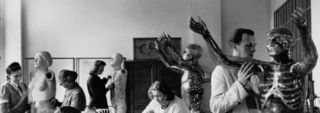
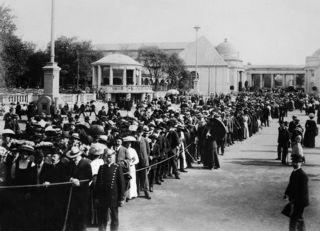

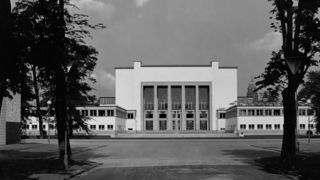
![[Translate to English:] Gläserner Mann, 1930 / © Deutsches Hygiene-Museum [Translate to English:] Schwarz-weiß-Aufnahme des Gläserne Manns in einer Apsis, einem Raum mit Kuppelgewölbe.](/fileadmin/_processed_/f/e/csm_GM_in_Apsis_297a2b6ef0.jpg)
